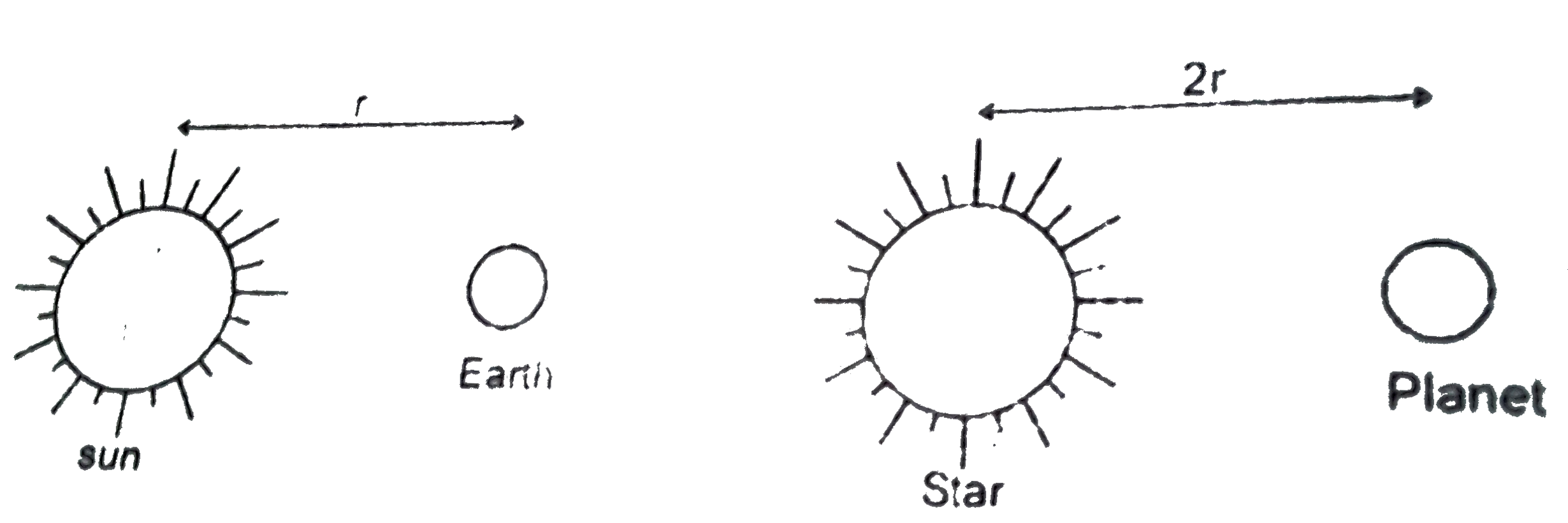Text Solution
Verified by Experts
The correct Answer is:
Topper's Solved these Questions
Similar Questions
Explore conceptually related problems
Knowledge Check
RESONANCE-GRAVITATION-HIGH LEVEL PROBLEMS
- Let a star be much brighter than our sun but its mass is same as that ...
Text Solution
|
- Consider a spacecraft in an elliptical orbit around the earth At the l...
Text Solution
|
- A planet A moves along an elliptical orbit around the Sun. At the mome...
Text Solution
|
- A satellite is put into a circular orbit with the intention that it ov...
Text Solution
|
- What are (a) the speed and (b) the period of a 220kg satellite in an a...
Text Solution
|
- A planet of mass m moves along an ellipse around the sun so that its m...
Text Solution
|
- A solid shere of mass m and radius r is placed inside a hollow spheric...
Text Solution
|
- A sphere of density rho and radius a has a concentric of radius b as s...
Text Solution
|
- What is the escape speed for an object in the same orbit as that of Ea...
Text Solution
|
- A cosmic body A moves to the sun with velocity v(0)(when far from the ...
Text Solution
|
- Two stars of mass M(1) & M(2) are in circular orbits around their cent...
Text Solution
|
- A star can be considered as spherical ball of hot gas of radius R. Ins...
Text Solution
|
- A star can be considered as a shpherical ball of hot gas of radius R.I...
Text Solution
|
- A star can be considered as a shpherical ball of hot gas of radius R.I...
Text Solution
|
- A star can be considered as a shpherical ball of hot gas of radius R.I...
Text Solution
|
- A star can be considered as a shpherical ball of hot gas of radius R.I...
Text Solution
|
 .
.